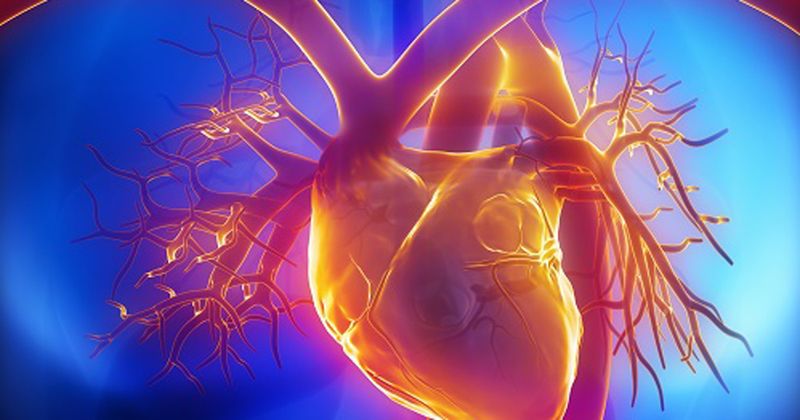Use of assisted reproductive technologies did not increase CVD risk for parous women
Key takeaways:
- Women who gave birth after assisted reproductive technology (ART) did not have an increased risk for CVD later in life.
- Researchers noted a modest reduction in myocardial infarction risk with ART.
Women who gave birth following use of assisted reproductive technology did not have an increased risk for CVD over a median follow-up of 11 years compared with women who conceived naturally, researchers reported.
“Assisted reproductive technology itself might increase the risk of CVD, for example, through ovarian hyperstimulation contributing to a prothrombotic state and endothelial injury,” Maria C. Magnus, PhD, researcher at the Centre for Fertility and Health at the Norwegian Institute of Public Health, and colleagues wrote. “Individuals undergoing assisted reproductive technology may also have accelerated biological aging, as measured by DNA methylation levels, which might influence their risk of chronic diseases. Conditions known to contribute to infertility, and therefore the use of assisted reproductive technology, such as polycystic ovary syndrome and endometriosis, are also linked to a higher risk of CVD.”

Magnus and colleagues conducted a registry-based cohort study, published in JAMA Cardiology, of 2,496,441 women without preexisting CVD who had a registered delivery in the national birth registries from Denmark (1994 to 2014), Finland (1990 to 2014), Norway (1984 to 2015) and Sweden (1985 to 2015).
The primary outcome was CVD risk following birth after use of assisted reproductive technology (ART).
Overall, 4% of women (mean age, 33.8 years) included in this study gave birth following use of ART. Median follow-up for all women was 11 years. The rate for any CVD event was 153 per 100,000 person-years. Women who gave birth after use of ART experienced no increased CVD risk (adjusted HR = 0.97; 95% CI, 0.91-1.02).
Researchers observed no significant differences in risk for ischemic heart disease, cerebrovascular disease, stroke, cardiomyopathy, heart failure, pulmonary embolism or deep vein thrombosis with ART use. However, researchers noted that there was a modest reduction in risk for myocardial infarction with use of ART (aHR = 0.8; 95% CI, 0.65-0.99).
“These findings may be reassuring to the increasing number of individuals who require assistance from ART to conceive,” the researchers wrote. “Future studies with longer follow-up may be useful to reexamine differences in the risk of CVD according to ART methods.”

